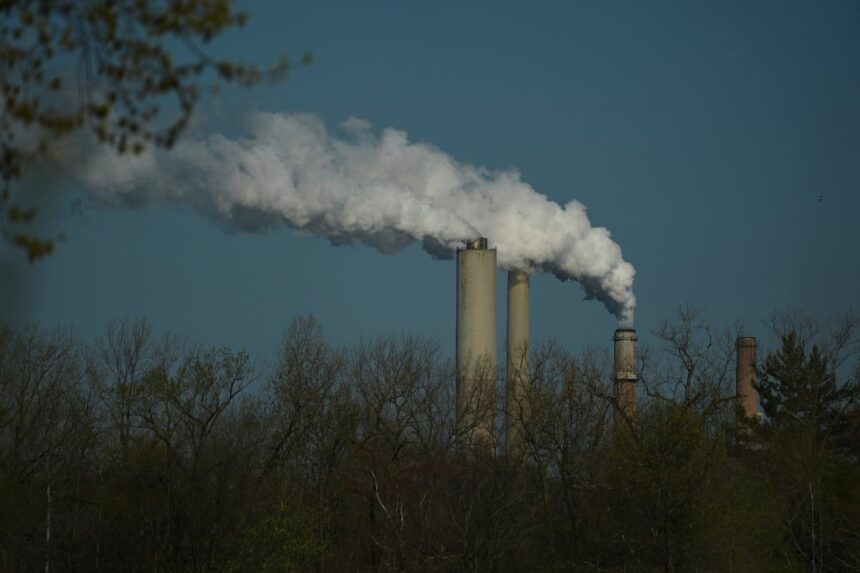The scorching heat waves that baked British Columbia last summer and the devastating floods that submerged parts of Nova Scotia this spring aren’t isolated incidents. According to alarming new data released yesterday by Environment Canada, these extreme weather events represent a troubling new normal as greenhouse gas concentrations in our atmosphere reach unprecedented levels.
“We’re witnessing climate change acceleration in real-time across Canada,” explains Dr. Elena Mikhailov, senior climatologist at Environment Canada’s Climate Research Division. “The connection between rising emissions and these weather extremes is no longer theoretical—it’s empirical reality playing out in communities nationwide.”
The report reveals carbon dioxide concentrations above Canada have surpassed 420 parts per million for the first time in human history—a 50% increase from pre-industrial levels. More concerning is the acceleration: emissions increased twice as fast in the past decade compared to the previous one, despite global climate commitments.
This emissions surge directly correlates with increasingly erratic weather patterns across the country. Toronto experienced three 40°C+ days last summer, unprecedented in meteorological records dating back to 1840. Meanwhile, precipitation events classified as “extreme” have increased by 37% nationwide since 1990.
The economic toll is mounting. Insurance Bureau of Canada data indicates climate-related disaster payouts have doubled every five to seven years since 2010, with last year’s costs exceeding $3.1 billion—predominantly from flooding and wildfire damage.
“These aren’t distant threats—they’re current realities affecting Canadian livelihoods today,” warns Elizabeth Chen, director of the Climate Adaptation Research Centre at the University of British Columbia. “The relationship between carbon emissions and weather instability follows established physical principles. Each incremental increase in atmospheric greenhouse gases enhances the climate system’s energy, manifesting as more powerful storms, prolonged droughts, and intensified heat.”
The impacts extend beyond infrastructure damage. Canada’s agricultural sector faces mounting challenges as growing seasons become less predictable. Prairie provinces reported a 28% decrease in wheat yields last year following extreme temperature fluctuations, while Ontario fruit growers struggled with early spring warmth followed by devastating late frosts.
Health officials have documented concerning trends as well. Emergency room visits for heat-related conditions have increased 41% over five years, with vulnerable populations—particularly elderly Canadians and those with pre-existing conditions—facing disproportionate risks.
Federal Environment Minister Javier Torres acknowledged the findings’ gravity at yesterday’s press conference, promising “ambitious new measures” in the upcoming climate strategy revision. However, environmental advocates question whether the response matches the crisis’s scale.
“We’ve moved beyond prevention into adaptation territory,” notes Maya Richardson of Climate Action Network Canada. “But meaningful adaptation requires acknowledging the fundamental link between our carbon emissions and these increasingly severe weather events.”
While international climate negotiations continue, Canadian municipalities aren’t waiting. Calgary recently unveiled a $240 million climate resilience infrastructure program, while Halifax is implementing stringent new building codes requiring structures to withstand significantly higher wind speeds and precipitation loads.
As Canadians brace for what meteorologists predict will be another summer of temperature extremes, the question becomes increasingly urgent: will our emissions reduction efforts accelerate quickly enough to prevent the most catastrophic scenarios, or have we already locked in decades of increasingly volatile weather? The answer may depend on decisions made not just internationally, but in our own communities and households in the coming months.










